Orchids maintenance
v1rt
15 years ago
Related Stories
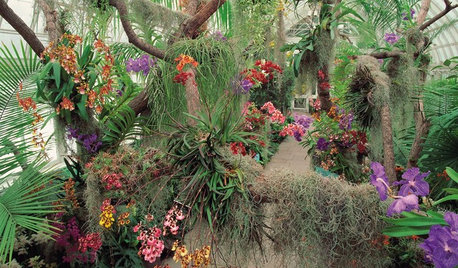
FLOWERSSee the Amazing Orchids Unfolding at a New York Garden Show
Get an eyeful of awe-inspiring orchids in incredible colors and learn how to keep one happily blooming at home
Full Story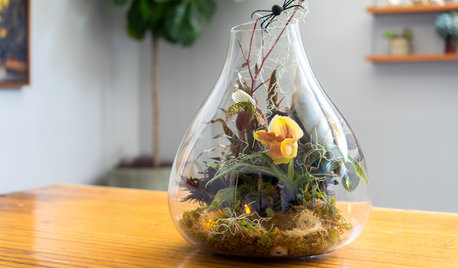
DIY PROJECTSHouzz DIY: Halloween Terrarium
Orchids, spooky foliage and carnivorous plants combine in this seasonal, easy-to-assemble terrarium decoration
Full Story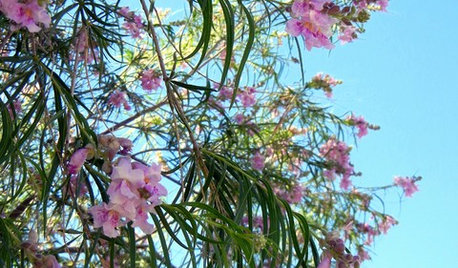
LANDSCAPE DESIGNGreat Design Plant: Paint the Summer Landscape With Desert Willow
If the vibrant flowers of this Southwestern native tree don't blow you away, the hummingbirds, fire resistance and low maintenance will
Full Story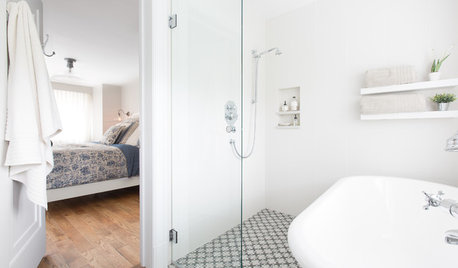
BATHROOM DESIGNSweet Retreats: The Latest Looks for the Bath
You asked for it; you got it: Here’s how designers are incorporating the latest looks into smaller master-bath designs
Full Story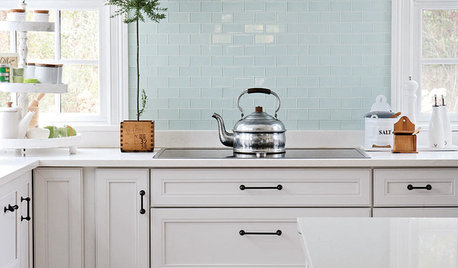
Indoor Gardening: Herbs and Succulents
Pop easy-care plants in a sunny window for beauty, fragrance and flavor all year
Full Story
HOUSEPLANTS8 Essentials for Healthy Indoor Plants
Houseplants add so much to our homes — and can thrive when grown in the right conditions. Keep these tips in mind
Full Story
SELLING YOUR HOUSESave Money on Home Staging and Still Sell Faster
Spend only where it matters on home staging to keep money in your pocket and buyers lined up
Full Story
FUN HOUZZ10 Things People Really Don’t Want in Their Homes
No love lost over fluorescent lights? No shocker there. But some of these other hated items may surprise you
Full Story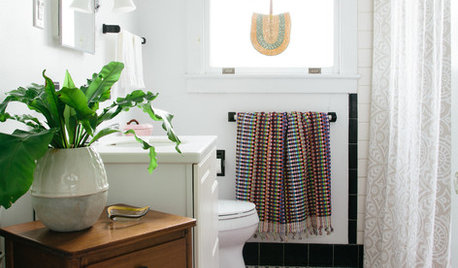
CONTAINER GARDENSFreshen Up the Bath With Lush and Healthy Plants
Learn how to choose and care for plants that will do well in your space
Full Story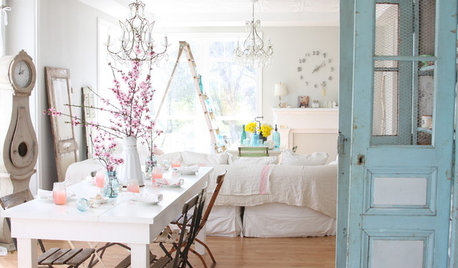
COLORS OF THE YEARPantone Has Spoken: Rosy and Serene Are In for 2016
For the first time, the company chooses two hues as co-colors of the year
Full Story







richardol
arthurm
Related Professionals
Maple Valley Landscape Architects & Landscape Designers · Surprise Landscape Architects & Landscape Designers · Windham Landscape Architects & Landscape Designers · North New Hyde Park Landscape Architects & Landscape Designers · Byram Landscape Contractors · Cornelius Landscape Contractors · Nanuet Landscape Contractors · Tinton Falls Landscape Contractors · Banning General Contractors · Coos Bay General Contractors · Mineral Wells General Contractors · Plano General Contractors · Port Huron General Contractors · Seal Beach General Contractors · Valley Stream General Contractorsv1rtOriginal Author
quinnfyre
mehitabel
jane__ny
whitecat8